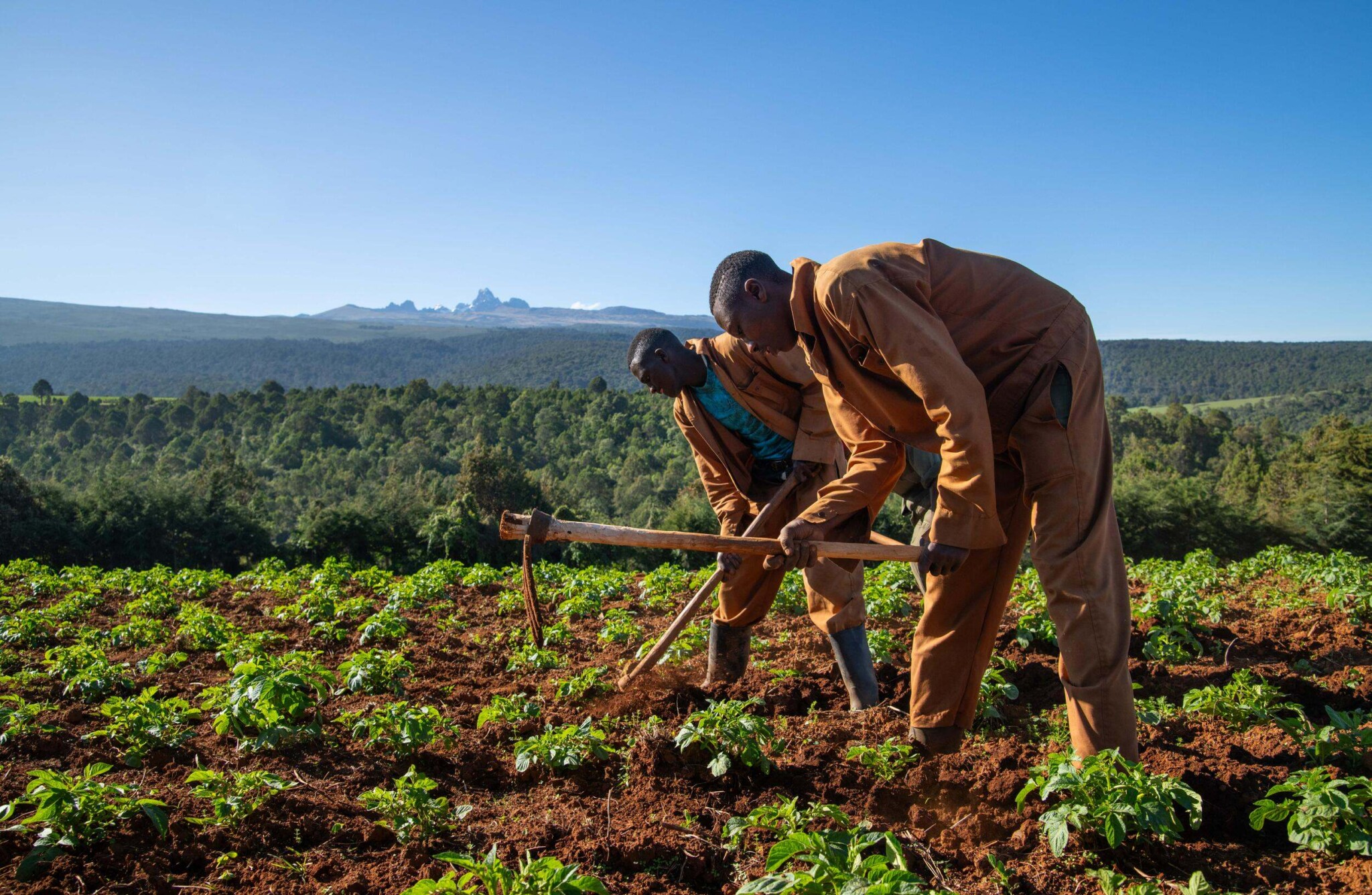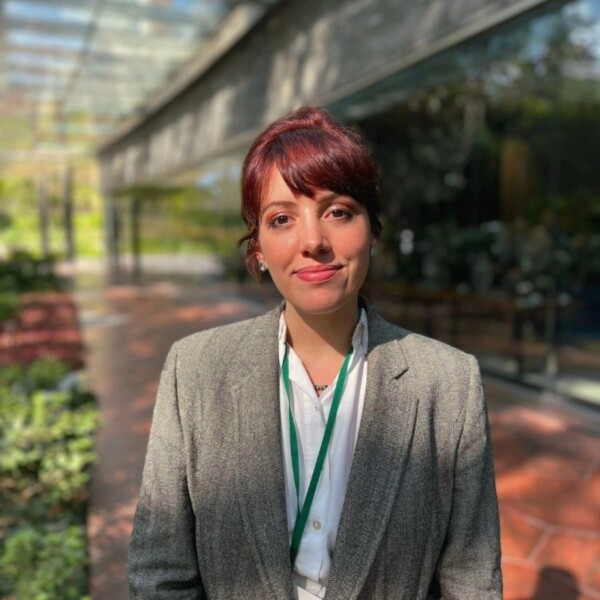COP30: Transition of the agricultural sector shouldn’t be only about mitigation — it’s about adapting for food security, explains Brazilian expert

1200
A climate conference in Brazil turns the spotlight on the agricultural sector, where the intersection between climate and nature becomes crystal clear. For agricultural expert Rodrigo Lima, Managing Partner at Agroicone, the sector’s transition is not only about mitigating greenhouse gas emissions. It’s crucial to invest in adaptation to ensure food security, especially as production is already being affected by a 1.5ºC warmer climate.
Lima spoke to journalists during the first Belém Desk media briefing — an international cohort created by iCS, N4C, TNC, and UNEP.
Highlights from his presentation are summarized below.
Why is the agricultural sector in the COP30 spotlight?
I like to think of the COP as another edition of an ongoing process. This is the thirtieth edition, and it will be about showing implementation and understanding what it means to put adaptation actions into practice in specific contexts.
Before Paris, agriculture was discussed with an almost exclusive focus on mitigation: reducing emissions, measuring carbon footprint, etc. But it is not just about mitigation. Back then, within the convention’s subsidiary body, adaptation began to be discussed — especially because developing countries warned that their agricultural and food systems were being impacted by rising temperatures, the spread of pests, and changes in precipitation patterns. This directly affects global food security.
With the Paris Agreement, the logic of the NDCs (Nationally Determined Contributions) evolved. The targets began to be determined by the actions proposed by the countries themselves. Of the 168 NDCs presented in recent years, 141 include agricultural actions. This shows that 84% of countries want to adopt agricultural actions. And this brought a more balanced view: yes, mitigation is important, but adaptation needs to be a priority in the discussion about agriculture. All countries need to be prepared for the impacts. This means adopting new technologies, having financing, knowledge, cooperation, public policies, partnerships. We need support from the Green Climate Fund, Climate Technology Centre and Network — from basic to advanced technologies.
This agenda connects with financing opportunities and sustainable projects. And finally, it is worth remembering that agriculture is part of food systems. In Dubai, a transition agenda for these systems was approved, which involves much more than agricultural production — it includes energy, transportation, distribution. Agriculture is a fundamental part of this broader system.
In the Brazilian context, what is the intersection of agriculture and climate action?
Deforestation is the largest source of emissions in the country. Then comes the agricultural sector production and the energy sector. Yes, there is an association between deforestation and agriculture, but it is not total. Brazilian agriculture — including livestock — has unique characteristics. We have everything from small to large producers, with diverse regional realities. To promote sustainable agriculture in Brazil, we need to combat deforestation, expand access to technology, financing, and training. Basic technologies, such as the use of limestone, are still inaccessible to many producers, which directly impacts productivity.
This is the importance of financing, with the example of the restoration of degraded areas. Brazil’s logic is to recover areas, instead of deforesting new ones. This is essential, as natural resources are finite.
Can we turn adaptation into a business case? Can COP30 send the regulatory signals to make this possible?
It depends on what countries propose. In Dubai, the global adaptation goal was adopted, and now we’re waiting for the definition of indicators. But there’s no point in having a document with 400 indicators if countries don’t create or update their national adaptation plans.
Brazil is in that process. For me, adaptation is indeed a business. These involve technologies that are bought and sold, and services implemented by companies. There is a market — we can call it the adaptation market. And it needs to be that way, because we’re talking about modern technologies like alert systems, drones, sensors.
Adaptation is also basic sanitation. Providing sanitation is an adaptation measure. It can be something basic or ultra-modern — both are business opportunities. The problem is that if countries don’t define what they want and prioritize, they can’t connect with financing. Indicators alone are not enough. NDCs are not prescriptive — each country presents what it wants, what it’s doing, and what it would like to do more of.
Can nature-based solutions be considered a strategy to mitigate land conflicts?
Nature-based solutions include projects that prevent deforestation and degradation and promote restoration. These are initiatives with tremendous climate benefits and fit within the REDD+ framework, which focuses on emission reductions and results-based payments. In some cases, these projects generate carbon credits in the voluntary market — and possibly in the regulated market in the future.
However, a lack of land titles and tenure security remains a major bottleneck. In Brazil, we face serious challenges with land titling. There are projects developed in Indigenous territories without the free, prior, and informed consent of those communities.
Nature-based solutions are an excellent alternative, but land tenure insecurity is a barrier. Without reliable documentation, the project cannot move forward or receive payments. That’s why countries — and Brazil in particular — need to advance in land regularization, titling, and demarcation.
How can we build trust in carbon credits?
There has been significant progress leading up to the rule package for the regulated market mechanisms under Article 6 of the Paris Agreement. We’ve made great strides in credit integrity, ensuring they truly represent real mitigation outcomes — credits that haven’t been used by anyone to offset equivalent emissions.
That said, I want to challenge the Net Zero mantra. Net Zero means that everything I emit is offset by reductions. But there are limits. A company that emits 500 tons of CO₂ might be able to reduce 250, but not more. It will need carbon credits to offset what it can no longer reduce. Being carbon negative — capturing and storing carbon — is only viable for a few sectors. The carbon market plays a crucial role in enabling the world to move toward climate neutrality.
I’m not saying everything is allowed, that you can just buy carbon and no one needs to reduce. That’s not it. The rules of Article 6 — both 6.2 and 6.4 — are strict. Recent issues, especially with forest credits, show that there are numerous requirements for any project: robust methodologies, environmental integrity criteria, no double counting, and safeguards against non-permanence.
It’s essential to understand that the carbon market should not be limited to forests. I like to see the carbon market as an alternative — not the only solution.. The carbon market is an additional tool that should generate demand for projects, resources to develop them, and eventually credits that support the decarbonization of the economy.
